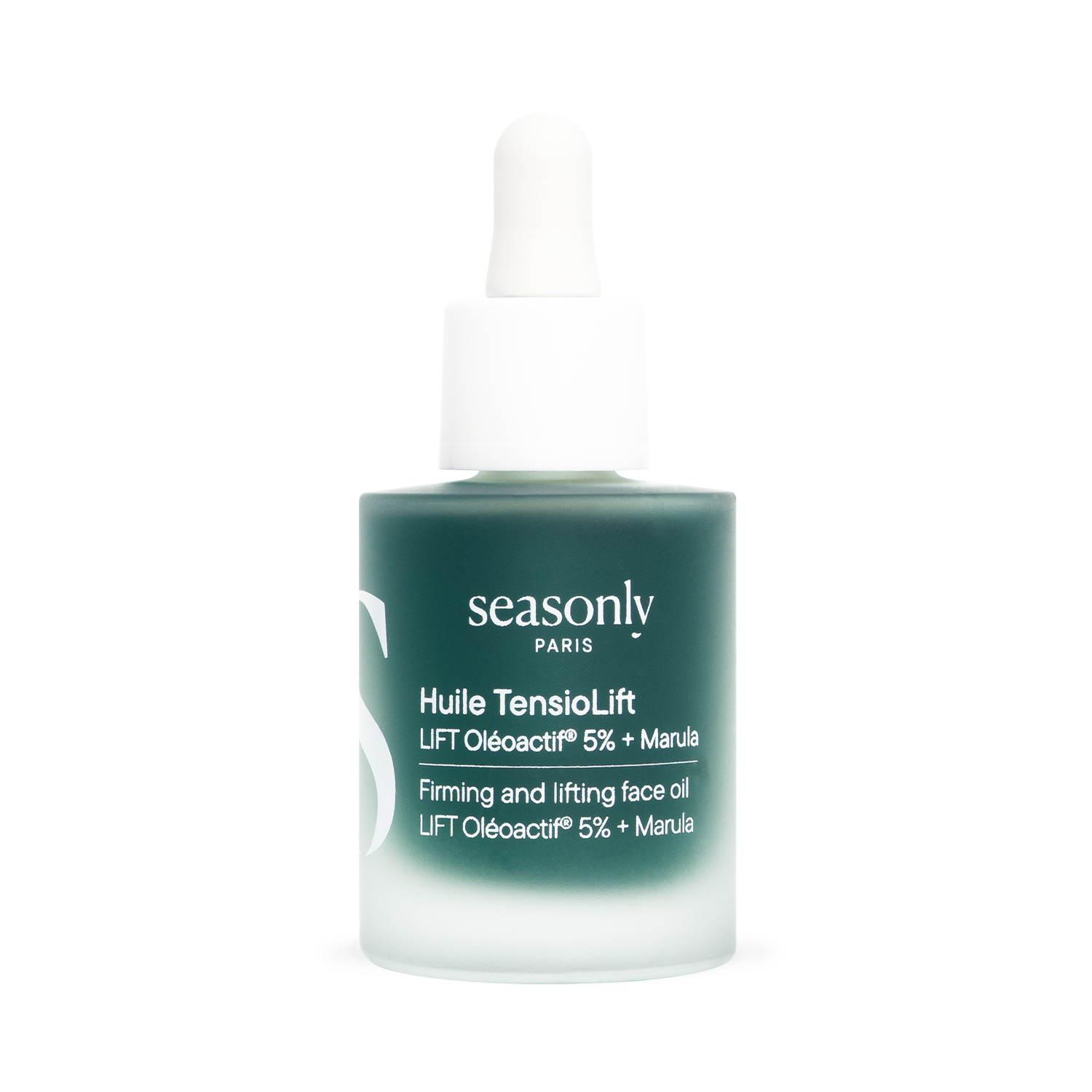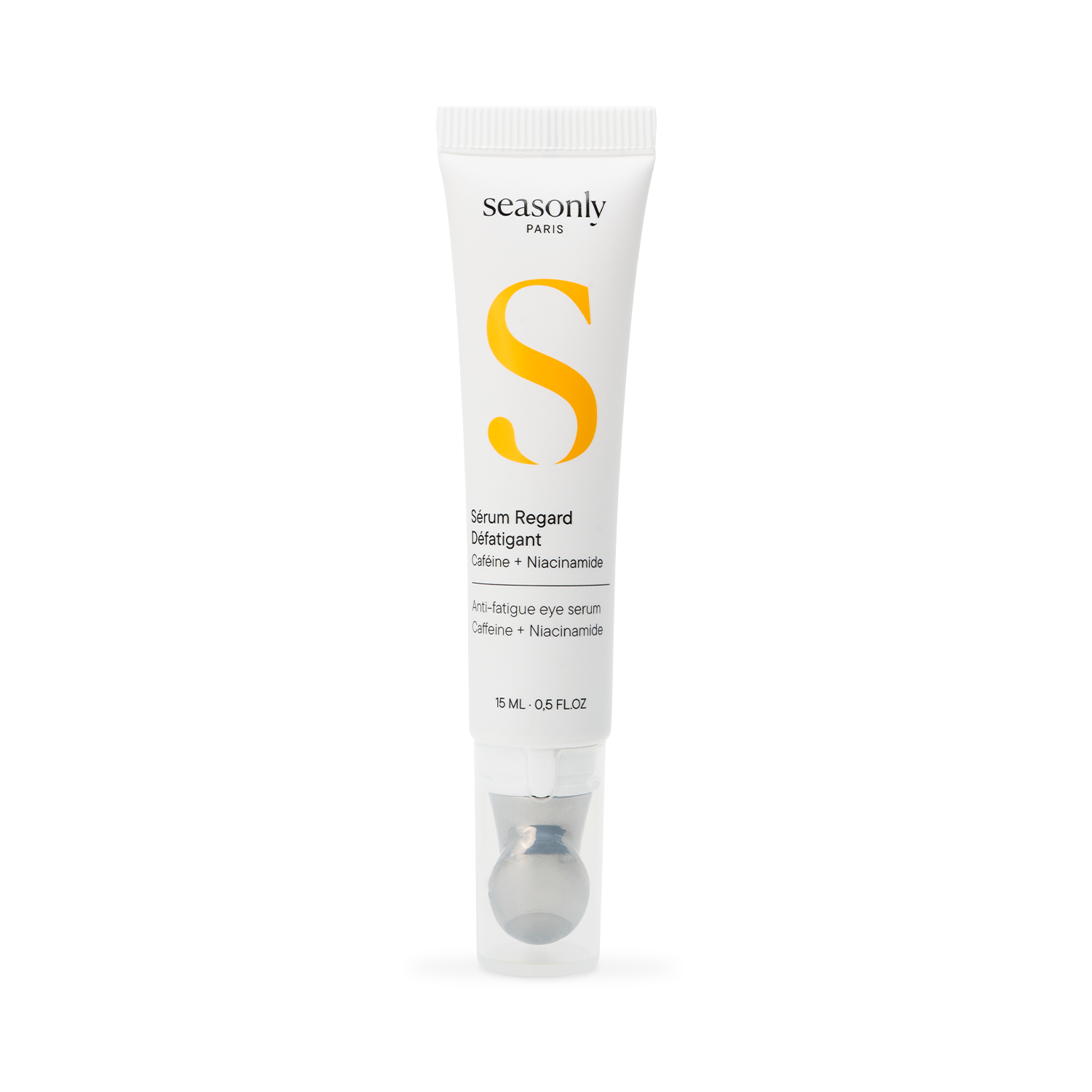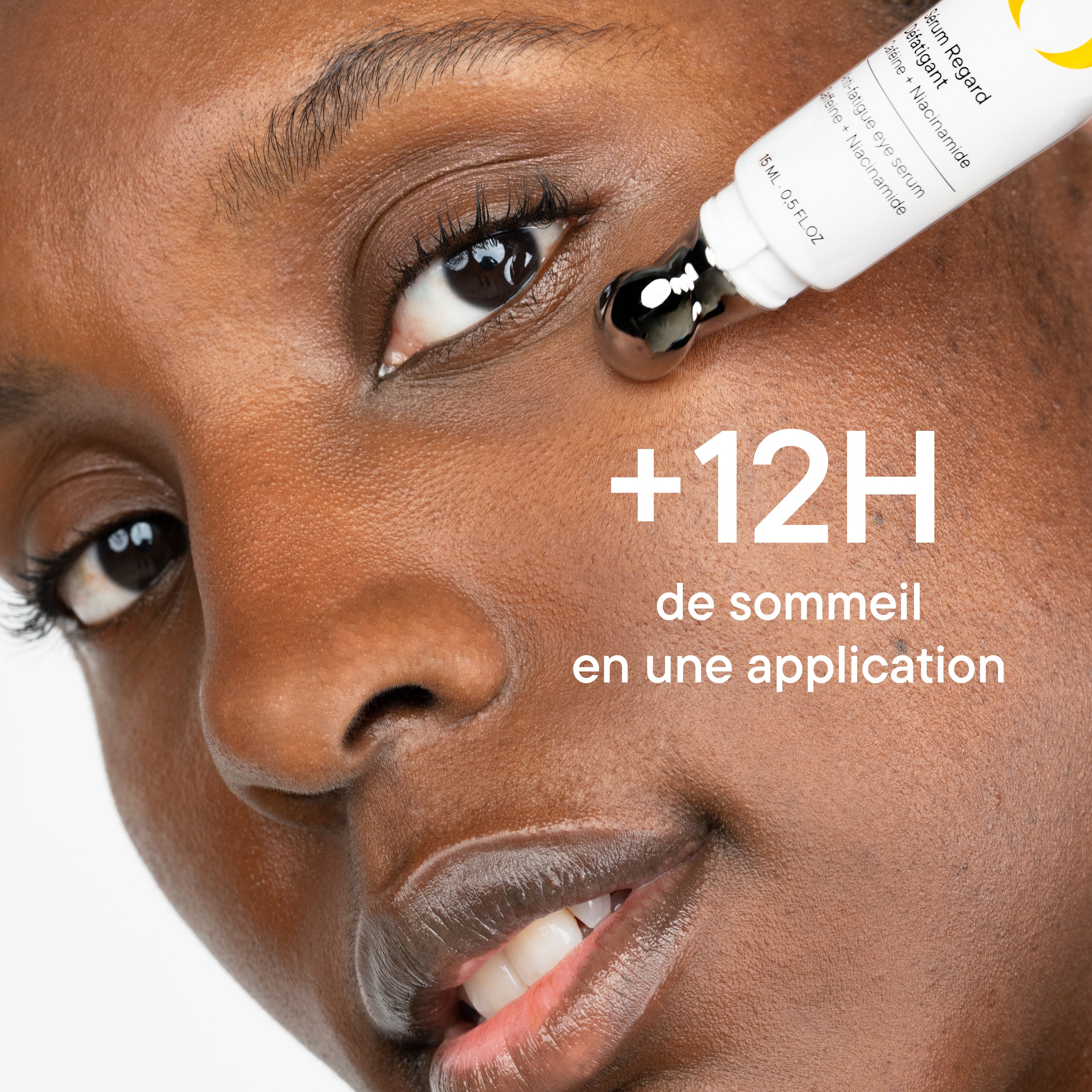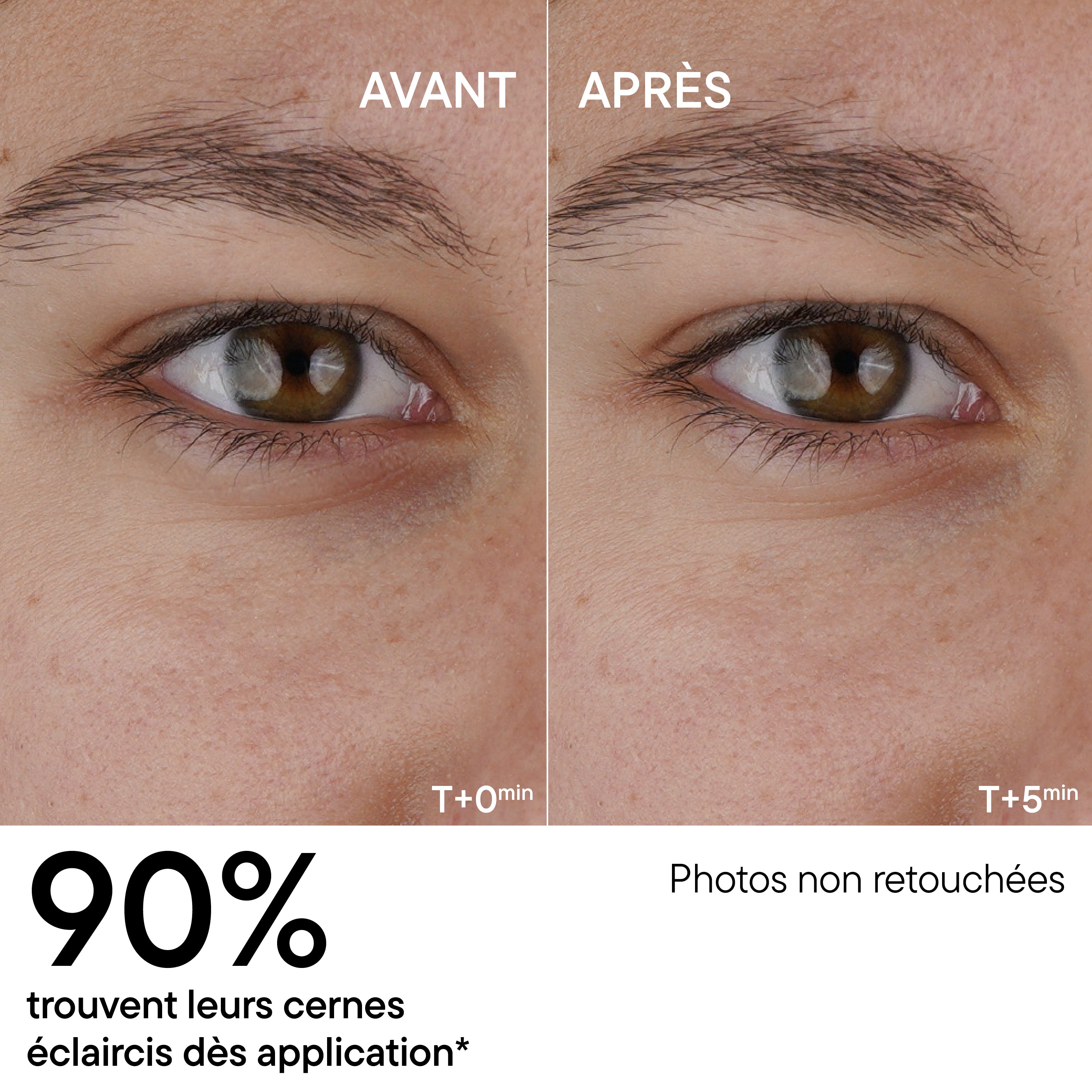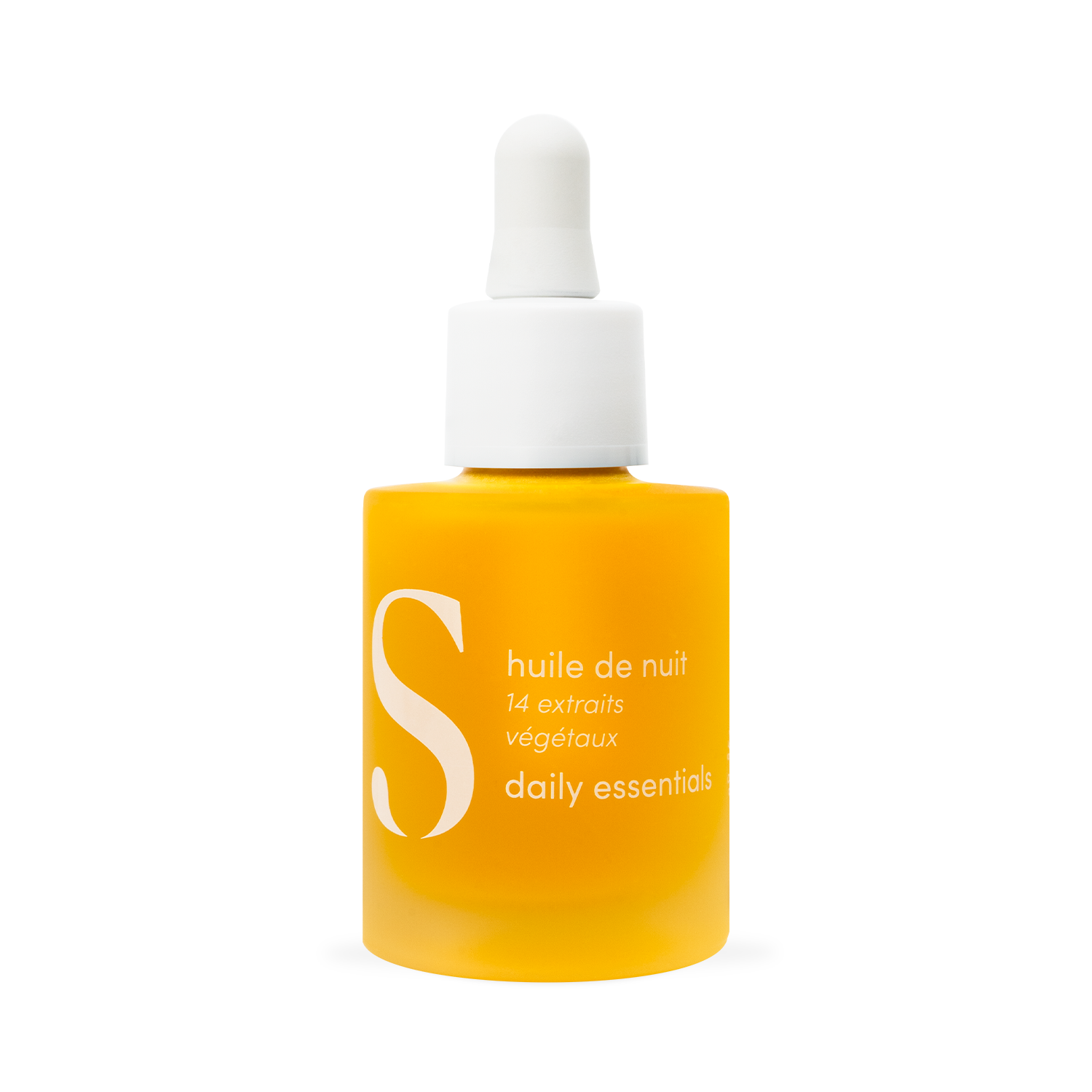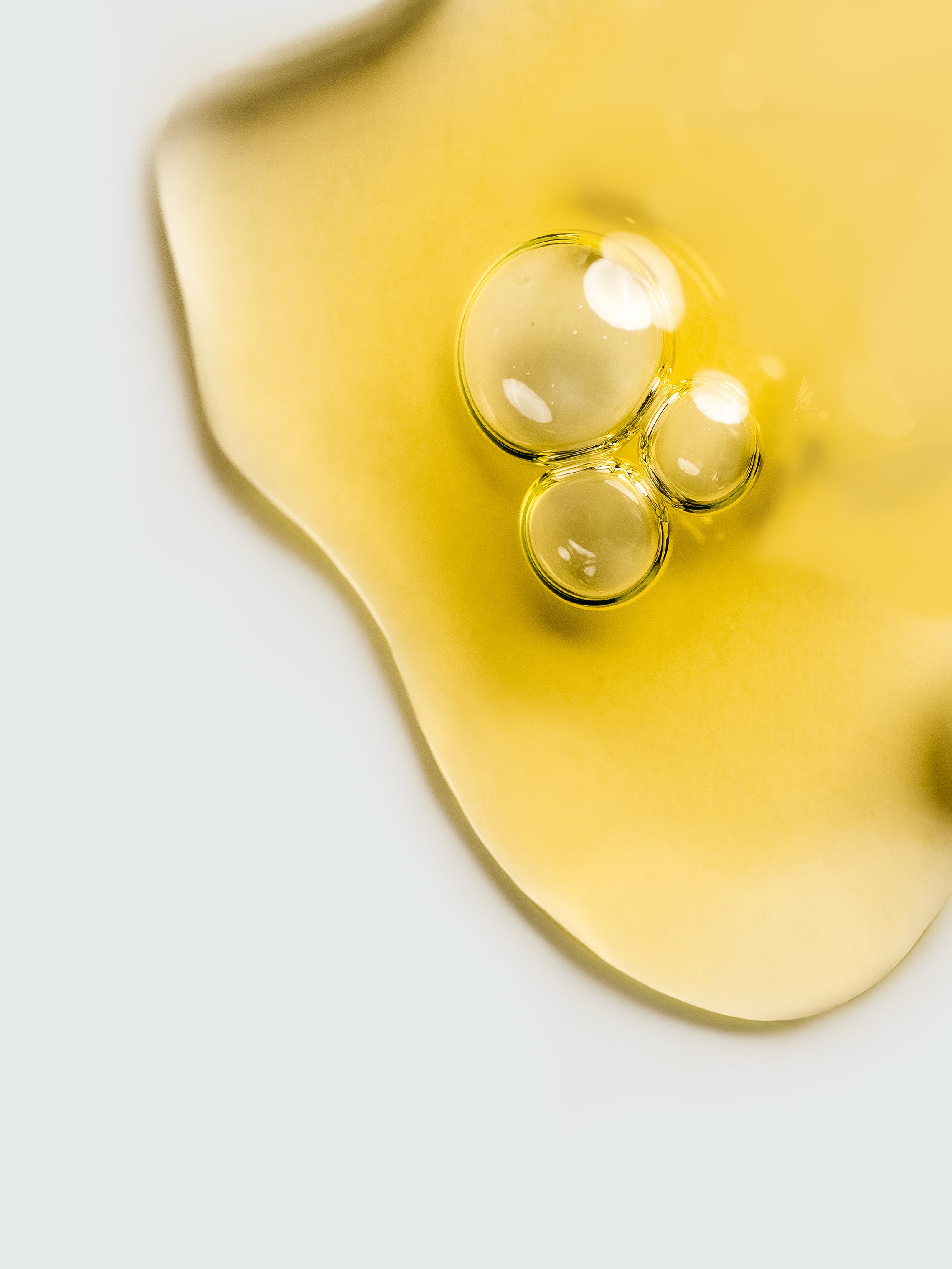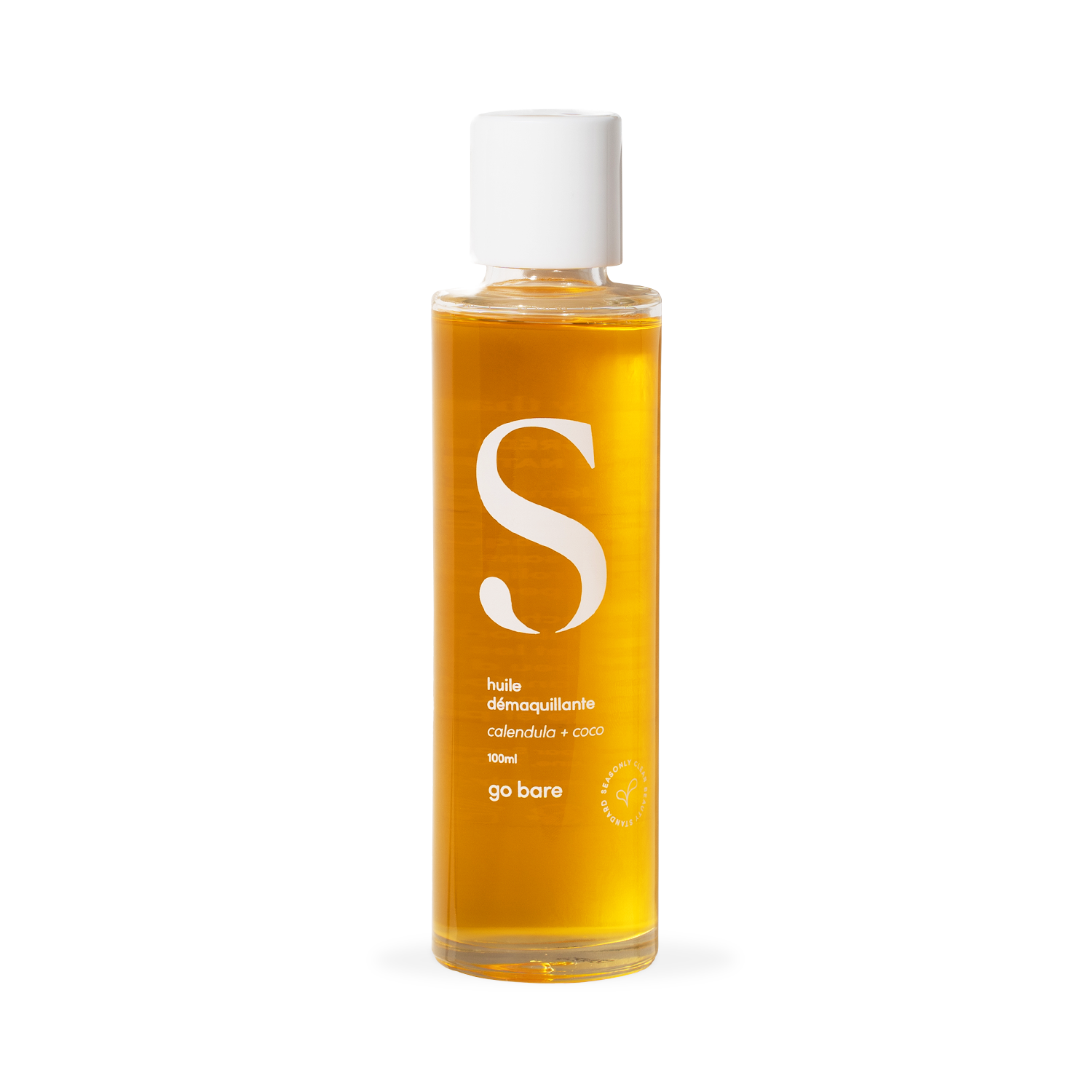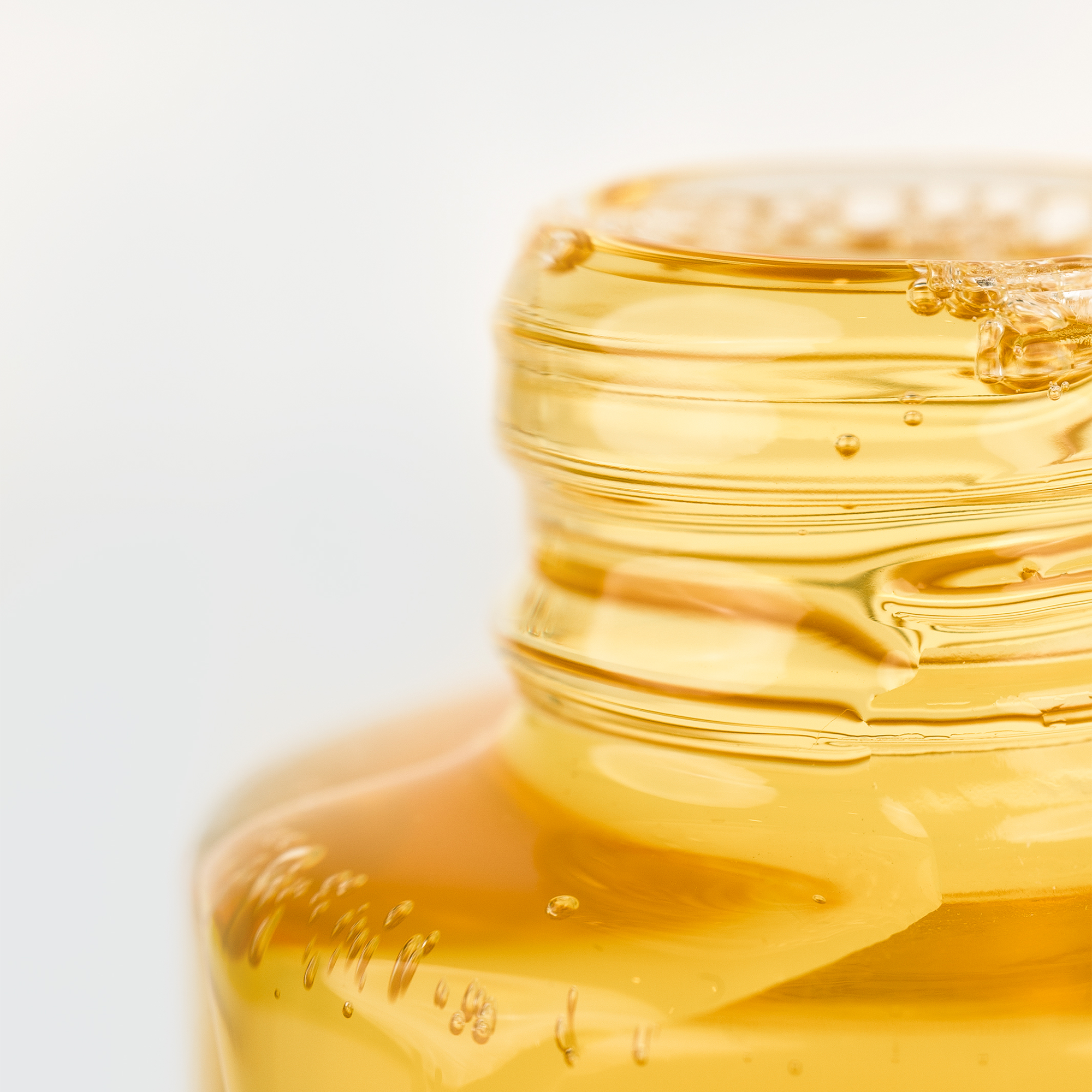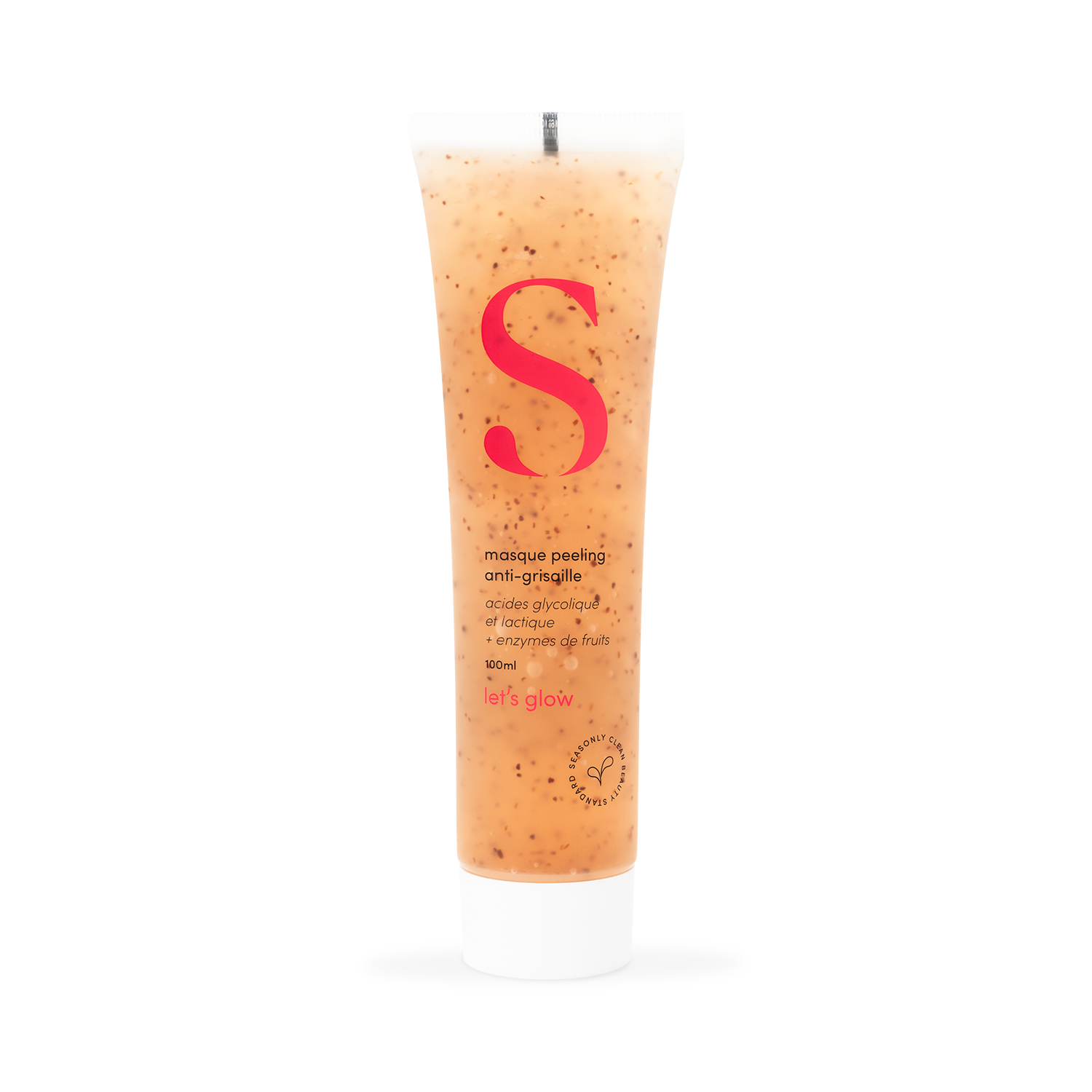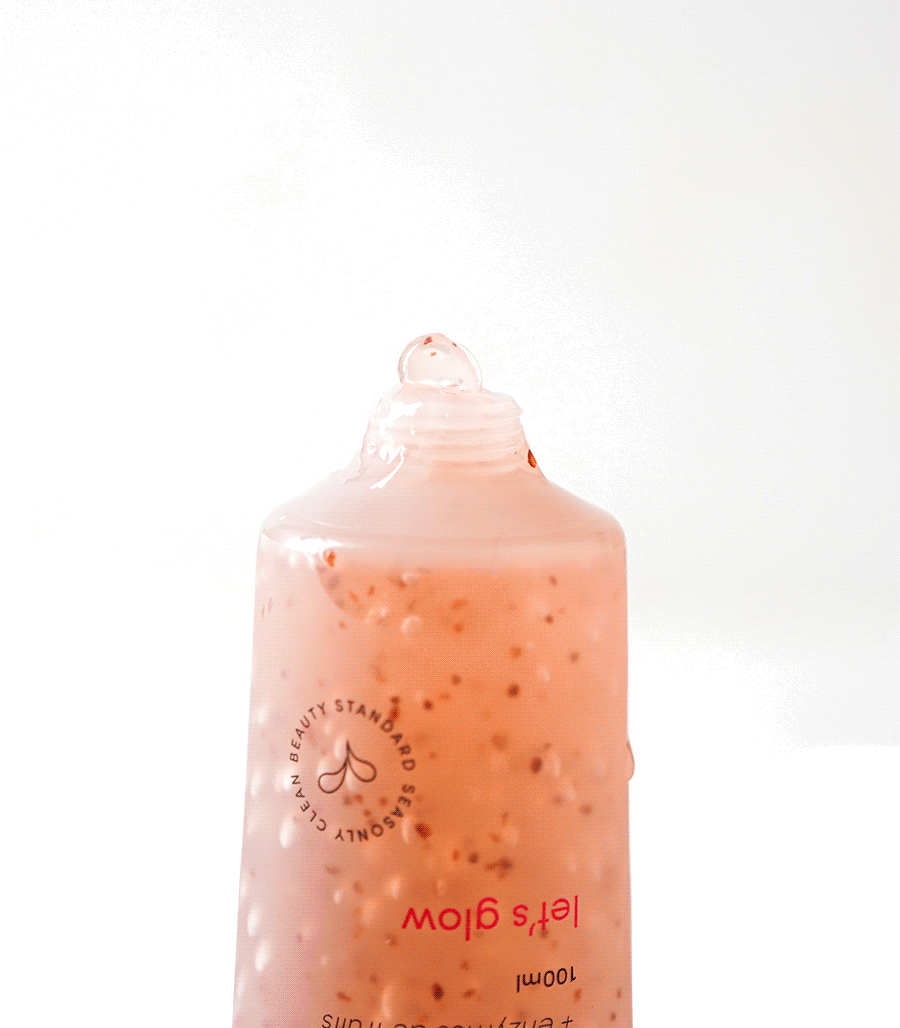Skin microbiota and sun exposure: how to keep skin healthy this summer
With the arrival of summer and sunny days, our skin deserves special attention. Beyond simple sun protection and hydration, it is important to understand how the sun affects our skin microbiota, this invisible ecosystem that plays a key role in the health of our skin.
This guide will help you better understand this microbiota and give you tips for taking care of it throughout the summer.
What is the skin microbiota?
The skin microbiota is the collection of microorganisms—bacteria, yeast, fungi, and viruses—that inhabit the surface of our skin. These microorganisms play a vital role in maintaining skin health. They help strengthen the skin barrier, modulate inflammatory responses, and protect against pathogens.
The influence of the sun on the microbiota
Sun exposure can disrupt the delicate balance of our skin microbiota. Ultraviolet (UV) rays can alter the composition of these microorganisms in several ways:
- Prolonged exposure to UV rays can cause an imbalance in the skin flora, favoring certain microorganisms to the detriment of others. This imbalance can weaken the skin's natural defenses.
- UV rays can damage the skin's protective barrier, making it more vulnerable to infection and irritation. A weakened skin barrier makes it easier for pathogens to enter and can cause discomfort.
- UV rays can induce skin inflammation, which can alter the composition of the microbiota. Inflammation often promotes potentially harmful microorganisms, exacerbating skin problems such as acne or rosacea.
Actions to protect your skin microbiota
- Choose sunscreens formulated to preserve the skin microbiota. Avoid products containing harsh ingredients like parabens and sulfates. Opt for gentle, non-comedogenic formulations.
- Use moisturizers enriched with probiotics or prebiotics. These ingredients promote the growth of good bacteria and support skin barrier function. Probiotics help optimize and restore the skin microbiota by strengthening the skin’s natural defenses. They compete with pathogens for nutrients, modulate immune function, and produce antimicrobial metabolites, such as bacteriocins. Probiotics can be applied as creams or emollients. Prebiotics, on the other hand, are ingredients that promote the growth of beneficial microorganisms. They include compounds such as fructooligosaccharides, glucomannan oligosaccharides (like those in konjac), and inulin. By stimulating the growth of friendly bacteria, prebiotics help restore the balance of the skin microbiota. They have the advantage of not requiring the use of live bacteria, thereby reducing the risk of adverse skin reactions.
- Opt for fermentation products, they contain supernatants rich in antioxidants, amino acids, lipids or vitamins from bacterial fermentation. These products provide nutrients without introducing live bacteria.
- Avoid harsh cleansers that can disrupt your skin's microbial balance. Opt for gentle, balancing cleansers that respect your skin's microbiota. We recommend our calendula cleansing jelly , which deeply cleanses without damaging your skin barrier.
- Incorporate products with soothing and restorative ingredients, such as ceramides and antioxidants, which strengthen the skin barrier and support microbiome health.
- A diet rich in fiber, vitamins, and antioxidants helps maintain the overall health of your skin. Nutrients also influence the skin microbiome, so focus on balanced foods to support your skin from the inside out.






